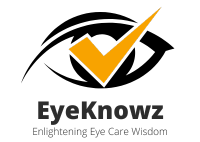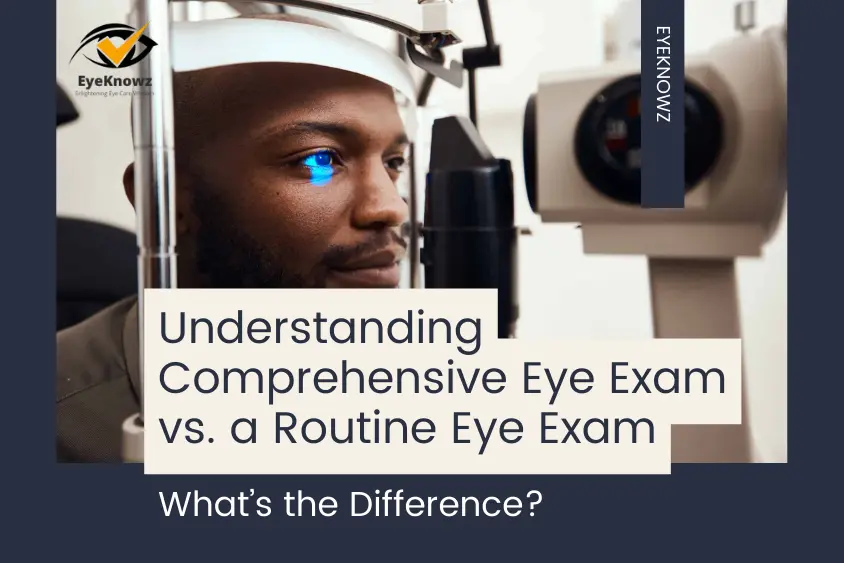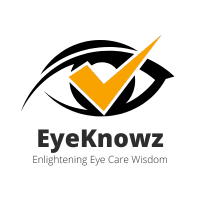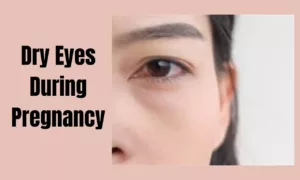Comprehensive Eye Exam vs. a Routine Eye Exam: What’s the Difference? Which One Benefits You More? Find Out Now!”
Eye Exam:
Attending regular eye exams with your eye doctor is one of the best ways to protect your eyes and your vision in the long run. There is quite a bit of confusion surrounding eye exams, mainly because of the many names used to describe eye examinations aimed at checking your eye health, condition, and vision. Typically, people associate eye exams with vision tests. Having sharp distance and near vision is part of the routine, but there is much more to check.
Purpose of eye exam:
Comprehensive Eye Exam vs a Routine Eye Exam: What’s the Difference? Eye exams for children and adults differ as well. To maintain your eye health, understanding the difference between a comprehensive eye examination and a routine examination is crucial. When it comes time to check your eyes, you must know which one to do. As you age, your vision is essential to maintaining a high quality of life.
Everyone should have their eyes tested every two years to maintain good eye health. It is equally important to look after your eyes as you do the rest of your body. Your eye exam is tailored specifically to your vision care needs. An optometrist or ophthalmologist performs this type of exam to assess different aspects of your vision and eyes. Among the many ways to test your eyes, the following two are the most common:
- Comprehensive eye exam
- Routine eye exams
Each of these tests helps optometrists determine the health of your eyes and vision.
Comprehensive eye exam VS Routine eye exam:
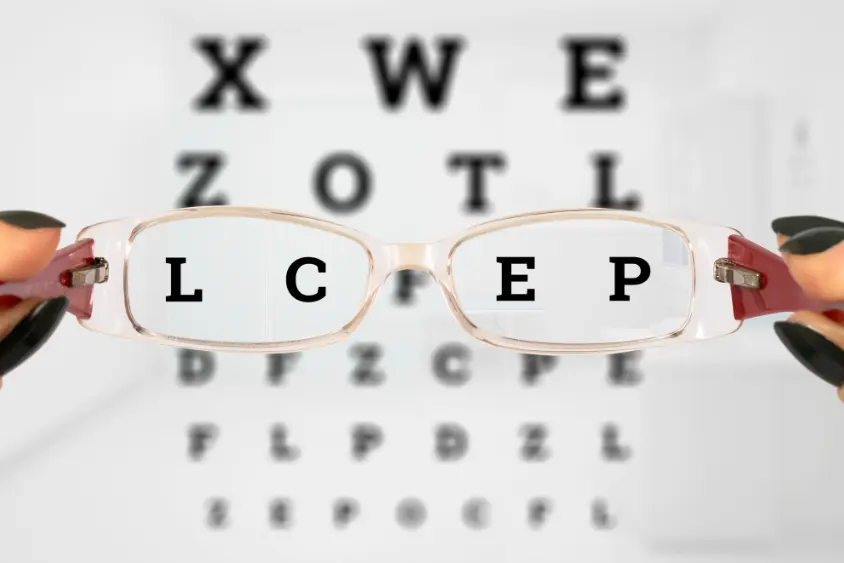
Comprehensive Eye Exam:
A comprehensive eye exam provides detailed information about your vision and eye health with advanced tests and evaluations. Your medical history and any symptoms you are experiencing are reviewed during a comprehensive exam. Optometrists examine your eyes’ internal and external structures in addition to the usual eye exams. Visual acuity tests will also be conducted, but some parts may be done using a computer. Likewise, checking your prescription is a must if you wear lenses. Your eyes will then be evaluated using a series of very detailed tests. Muscle function, dryness, pressure, and other parameters are measured during these tests.
A special eye drop will be used to dilate your pupils for many of the tests and evaluations. Eye dilation allows your eye doctor to examine your eyes’ internal structures. To obtain a more thorough view of the retina, eye drops will be used to dilate your pupils. This will allow them to gain a better understanding of your eye health. This eye exam provides you with a comprehensive view of your medical history and vision, which may affect your current vision symptoms. A special test that measures the pressure inside your eyes can also detect glaucoma.
The eyelids and tear film will also be examined by your eye doctor. In addition, your peripheral vision will be assessed, along with how well you perceive color and depth and how well your eyes work together. Your eye doctor records this history, which will remain in mind throughout your examination. The tests are painless and only take a few minutes. If necessary, your doctor will prescribe lenses or update your existing prescription at the end of the exam.
A Routine Eye Exam:
Routine eye exams are usually referred to as vision screenings. Vision screenings are quick exams that check for common vision problems and reveal certain symptoms that indicate a serious problem may need further evaluation. Checking vision, glasses prescriptions, or screening the eyes for common diseases are part of a routine eye exam. Though they differ slightly from comprehensive eye exams, they also offer a diagnosis.
A visual acuity test is the primary evaluation used in these eye exams and vision screenings. An eye exam usually begins with this test. Vision acuity testing involves reading a chart which contains letters, numbers, or other symbols of different sizes. Since these charts measure the size of the characters, you can find out if you’re having trouble seeing at different distances.
A routine eye exam will evaluate your ability to see at different distances and whether you might benefit from contact lenses or glasses to correct refractive errors. In this case, your eye doctor will determine what prescription you require and arrange corrective eyewear for you. You will receive advice based on your needs on choosing frames and lenses for your glasses. They may also test how your eyes respond to sudden changes in light. This information will be used to determine how clear your vision is and how to correct it.
What eye exam should you take?
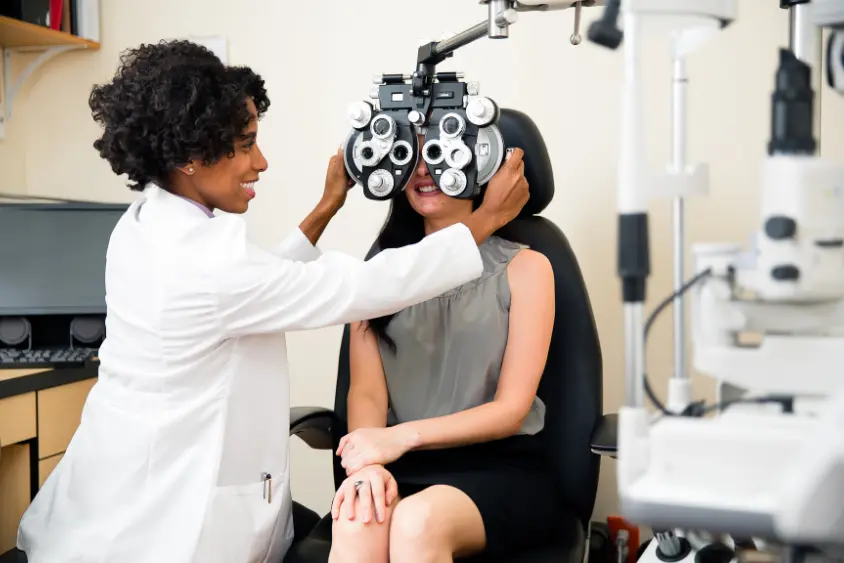
There are several factors to consider when choosing an eye exam, including:
- Age
- Overall eye health
- Existing vision problems
- You may have any medical conditions.
- If you experience any sudden changes in your vision
- Whether or not your eyes are itchy or inflamed
Routine eye exams are typically recommended if your eyes are generally healthy, you do not have any known medical conditions, and you believe you are not at risk of vision or eye problems. You may benefit more from a comprehensive eye exam if you have any medical conditions or have had eye problems in the past. When in doubt, scheduling a comprehensive eye exam is generally recommended to determine your overall eye health. Your eye care professional can thoroughly examine your eyes and detect any potential optical conditions by doing so.
To sum up:
Taking care of your eyes requires routine eye exams. Now that you know the importance of an eye exam, you must know how often you should have one. Moreover, if you have any vision problems or related symptoms, such as chronic headaches, it’s important to get a comprehensive eye exam to identify the cause and to receive appropriate treatment. Your optometrist will customize your comprehensive eye exam based on your vision and health needs, while most comprehensive eye exams follow a similar process.
In general, you should see your eye doctor once every one to three years, but if you haven’t been in a while, it’s time to do so.
FAQs:
What is the difference between a comprehensive eye exam and a routine eye exam?
This type of eye exam is more thorough and includes additional tests to assess the overall health of your eyes and vision compared to a routine eye exam. While a routine eye exam focuses on checking your visual acuity and determining your prescription for glasses or contact lenses.
How long does a routine eye exam take?
A routine eye exam typically takes around 20 to 30 minutes, although the duration can vary based on individual factors and the specific tests conducted.
What is the most accurate type of eye exam?
A comprehensive eye exam is considered the most accurate among the various types of eye exams. This exam goes beyond simply determining your prescription and includes a thorough eye health assessment. It provides a holistic understanding of your eye health and helps identify potential issues early on.
